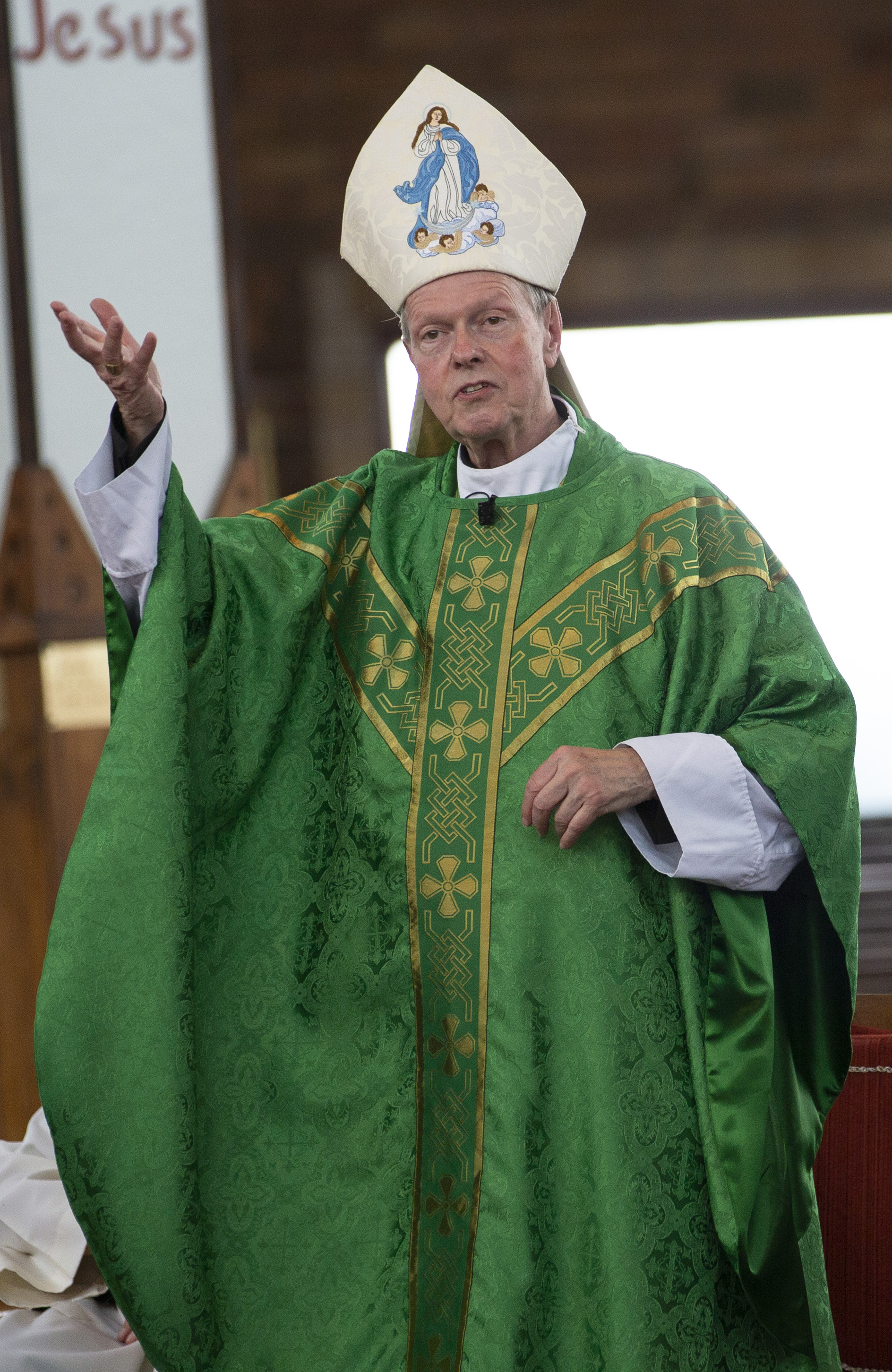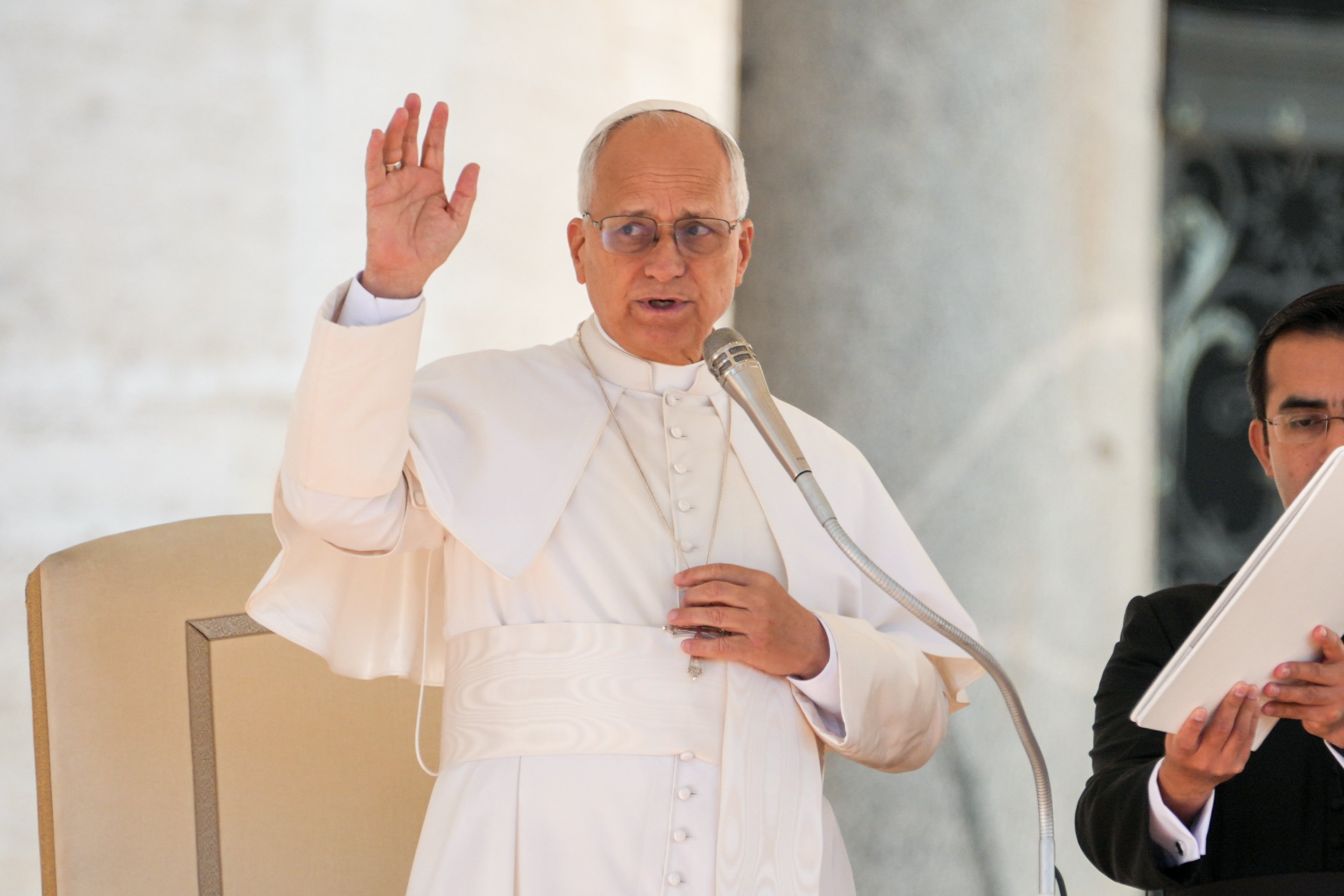December 7, 2021 at 4:30 p.m.
Exposition, with over 150 relics, comes to the Cathedral on Dec. 13
The Exposition of Sacred Relics, Treasures of the Church, will visit the Cathedral of the Immaculate Conception in Albany in a program starting at 6:30 p.m. Among the treasures will be relics from St. Joseph, St. Maria Goretti, St. John the Baptist, St. Therese of Lisieux, St. Francis of Assisi, St. Anthony of Padua, St. Thomas Aquinas and St. Faustina Kowalska. There will also be a fragment of the Veil of Our Lady and some of the largest remaining pieces of the wood of the True Cross in the world. The program will be presented by Father Carlos Martins, CC, a member of a community of priests called the Companions of the Cross, a Society of Apostolic Life.
This tour of relics has traveled all over the United States this year and in December alone, this program will be held in churches across Maine, New Hampshire, New Jersey, New York and Pennsylvania. The Church considers sacred relics to be an important part of Church life.
“The veneration of sacred relics, which has a long and unbroken history in the Church, is an important reminder to us of our communion of the saints, of their intercession for us and of the final goal of our life in the enjoyment of the Beatific Vision,” said Cardinal Raymond Burke in endorsing the exposition. “Over the past decades, the veneration of sacred relics has suffered neglect, and Father Carlos Martins is to be commended for the Treasures of the Church evangelization apostolate by which he not only makes sacred relics available for veneration, but also instructs the faithful on the true and proper devotion to the saints and the pious veneration of their sacred remains.
“It is not surprising that many who attend the expositions experience a renewal of faith and are deeply moved by their encounters with these treasures of the Church.”
The word relic comes from the Latin word “relinquo,” meaning “I leave.” Relics are items that saints have left behind and have a direct association with. They are broken down into three classes. First-class relics are the body or fragments of the body of a saint, such as pieces of bone or flesh. Second class-relics are something that a saint personally owned, such as a shirt or book (or fragments of those items). Third-class relics are those items that a saint touched or that have been touched to a first-, second-, or another third-class relic of a saint.
For example in the beatification Mass on Nov. 22 in Warsaw for Blessed Jan Macha — a young Catholic priest beatified as a martyr in Poland after he was guillotined by wartime Nazi occupiers for clandestine charity work — Catholic News Service reported “relics presented during the Mass included the priest’s handmade rosary and a bloodstained handkerchief recovered from his place of execution, as well as Blessed Macha’s last letter to his parents, written four hours before his death.”
There are many examples in Scripture where God acts through relics to aid in healing: When the corpse of a man was touched to the bones of the prophet Elisha, the man came back to life and rose to his feet (2 Kings 13:20-21); a woman was healed of her hemorrhage simply by touching the hem of Jesus’ cloak (Matthew 9:20-22); and when handkerchiefs or aprons that had been touched to Paul were applied to the sick, the people were healed and evil spirits were driven out of them (Acts 19:11-12).
According to the treasuresofthechurch.com website: “In each of these instances God has brought about a healing using a material object. The vehicle for the healing was the touching of that object. It is very important to note, however, that the cause of the healing is God; the relics are a means through which He acts. In other words, relics are not magic. They do not contain a power that is their own; a power separate from God. Any good that comes about through a relic is God’s doing. But the fact that God chooses to use the relics of saints to work healing and miracles tells us that He wants to draw our attention to the saints as ‘models and intercessors’ (Catechism of the Catholic Church, 828).”
Source: CNS and treasuresofthechurch.com
SOCIAL MEDIA
OSV NEWS
- Pope holds long meeting with Belgian abuse survivors
- Delegation of top prelates, lay activists gives Brazil church strong presence at COP30
- Pope offers prayers for the Philippines and for peacemakers
- Dig deep and work patiently to keep church on solid foundation, pope says
- Portland archbishop on ICE: Human dignity comes from God, not government
- Christian hope shows the earth can resemble heaven, pope says
- Washington Roundup: Election shifts; Venezuela vote; transgender passports, and more
- Novel highlights power of art and music as a salve to troubled humanity
- Supreme Court sides with Trump administration to temporarily block full funding for SNAP
- Former diocesan fundraising director indicted on wire fraud for alleged 6-figure theft








Comments:
You must login to comment.